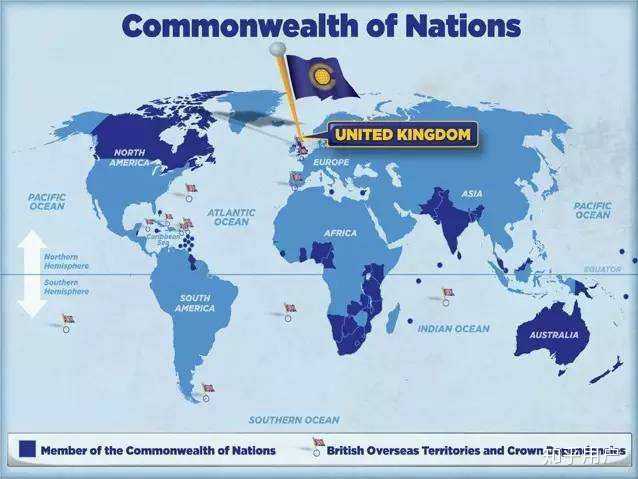

From 1600 until 1920, Britain's Empire expanded from a small colony in Newfoundland, a failing conquest in Ireland, and early ventures by the EIC in India, to Britain having some level of formal control in almost half of all present-day countries. This included large territories such as Australia, the Indian subcontinent, most of North America and roughly one third of the African continent, as well as a strategic network of small enclaves (such as Gibraltar and Hong Kong) and islands around the globe that helped Britain to maintain and protect its trade routes.Īlthough the data in this this graph does not show the annual population or size of the British Empire, it does give some context to how Britain has impacted and controlled the development of the world over the past four centuries. If we transpose a map of all former British colonies, dominions, mandates, protectorates and territories, as well as secure territories of the East India Trading Company (EIC) (who acted as the precursor to the British Empire) onto a current map of the world, we can see that Britain had a significant presence in at least 94 present-day countries (approximately 48 percent). However, by using historical sources in conjunction with modern political borders, we can gain new perspectives and insights on just how large and influential the British Empire actually was.



Some historians argue that because of it's economic, military, political and cultural influence, nineteenth century Britain was the closest thing to a hegemonic superpower that the world ever had, and possibly ever will have.ĭue to the technological and logistical restrictions of the past, we will never know the exact borders of the British Empire each year, nor the full extent of it's power. The empire's influence could be felt across the globe, as Britain could use it's position to affect trade and economies in all areas of the world, including many regions that were not part of the formal empire (for example, Britain was able to affect trading policy in China for over a century, due to it's control of Hong Kong and the neighboring colonies of India and Burma). At its peak in the 1910s and 1920s, it encompassed almost one quarter of both the world's population and its land surface, and was known as "the empire on which the sun never sets". In the century between Napoleon's defeat and the outbreak of the First World War (known as the "Pax Britannica"), the British Empire grew to become the largest and most powerful empire in the world.


 0 kommentar(er)
0 kommentar(er)
